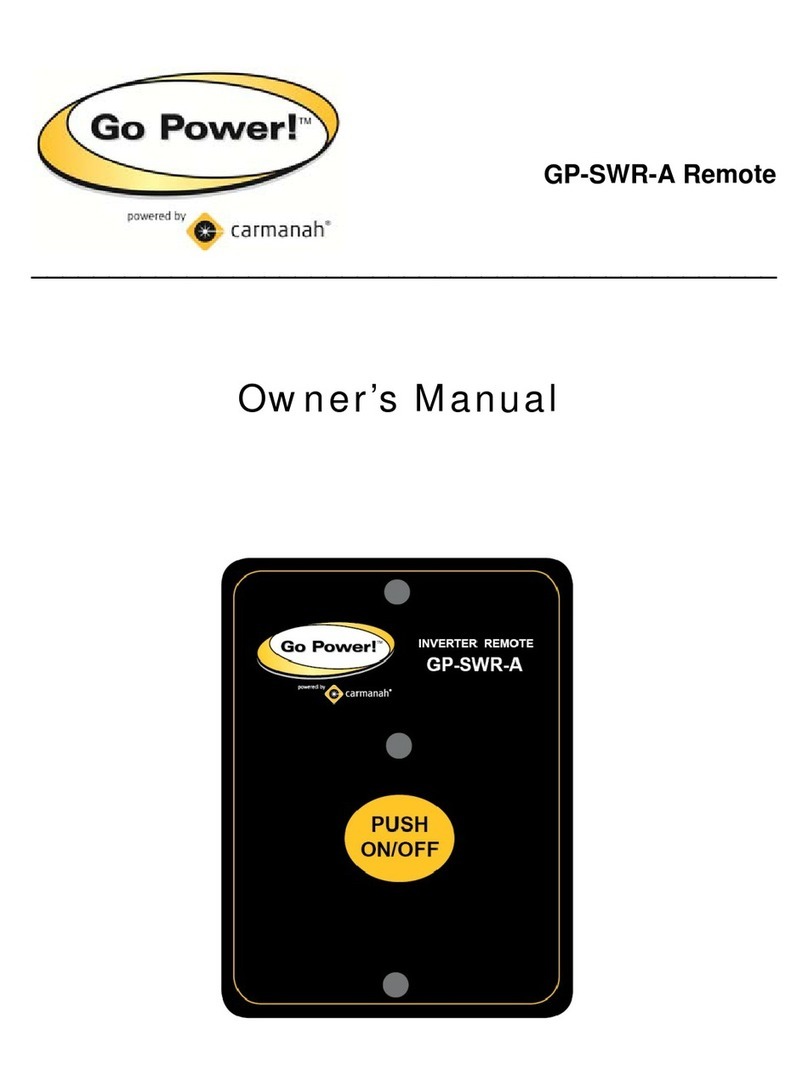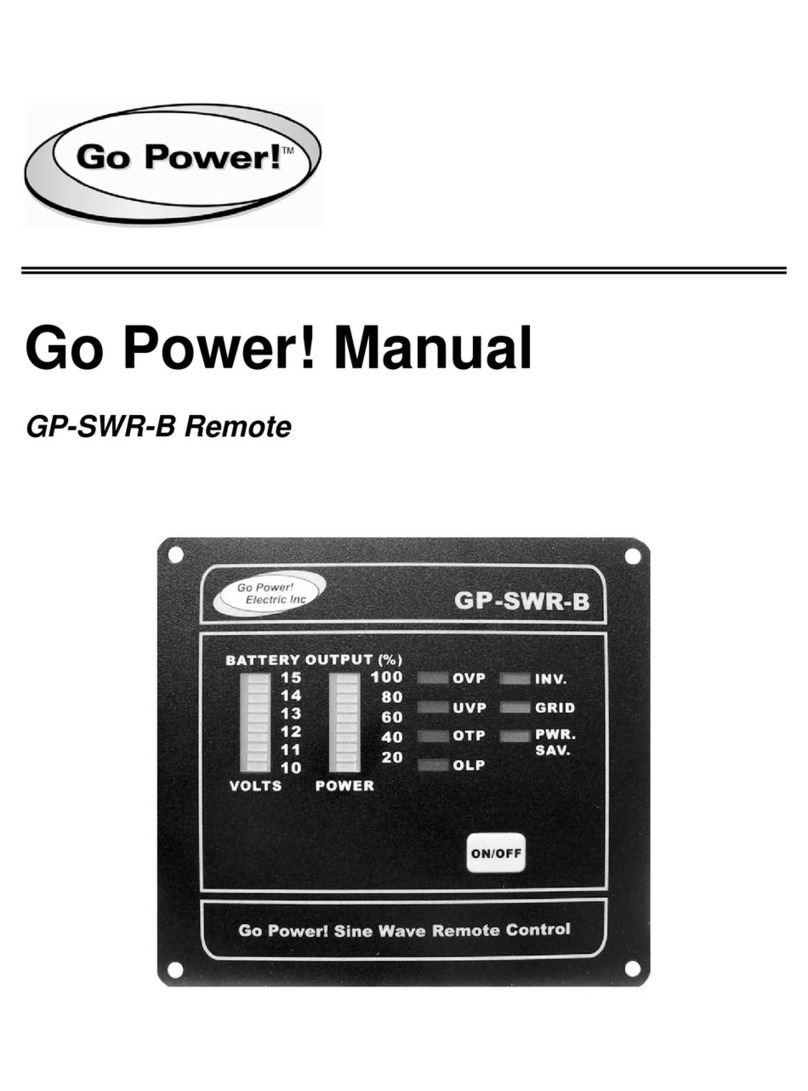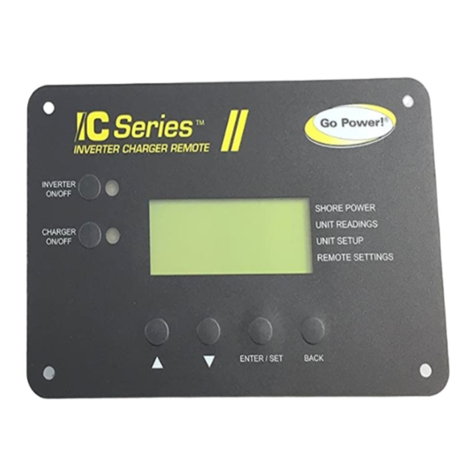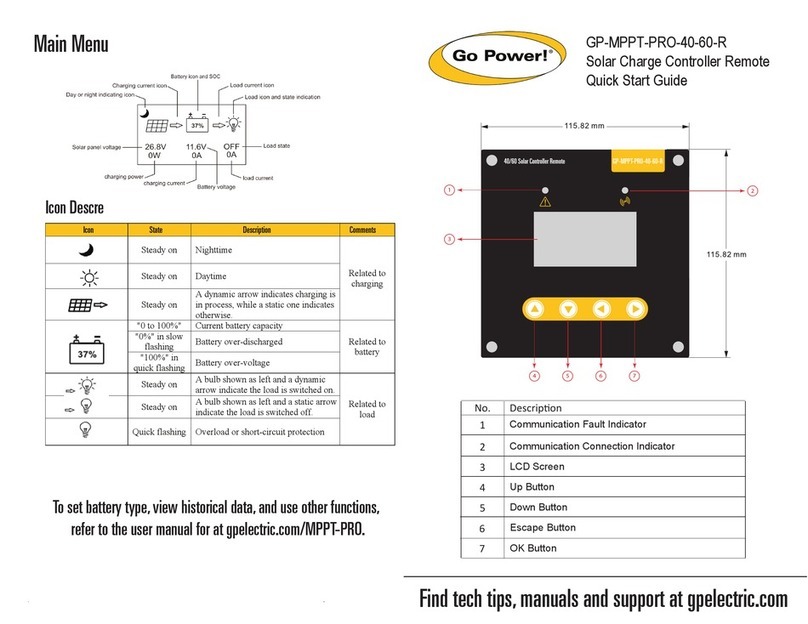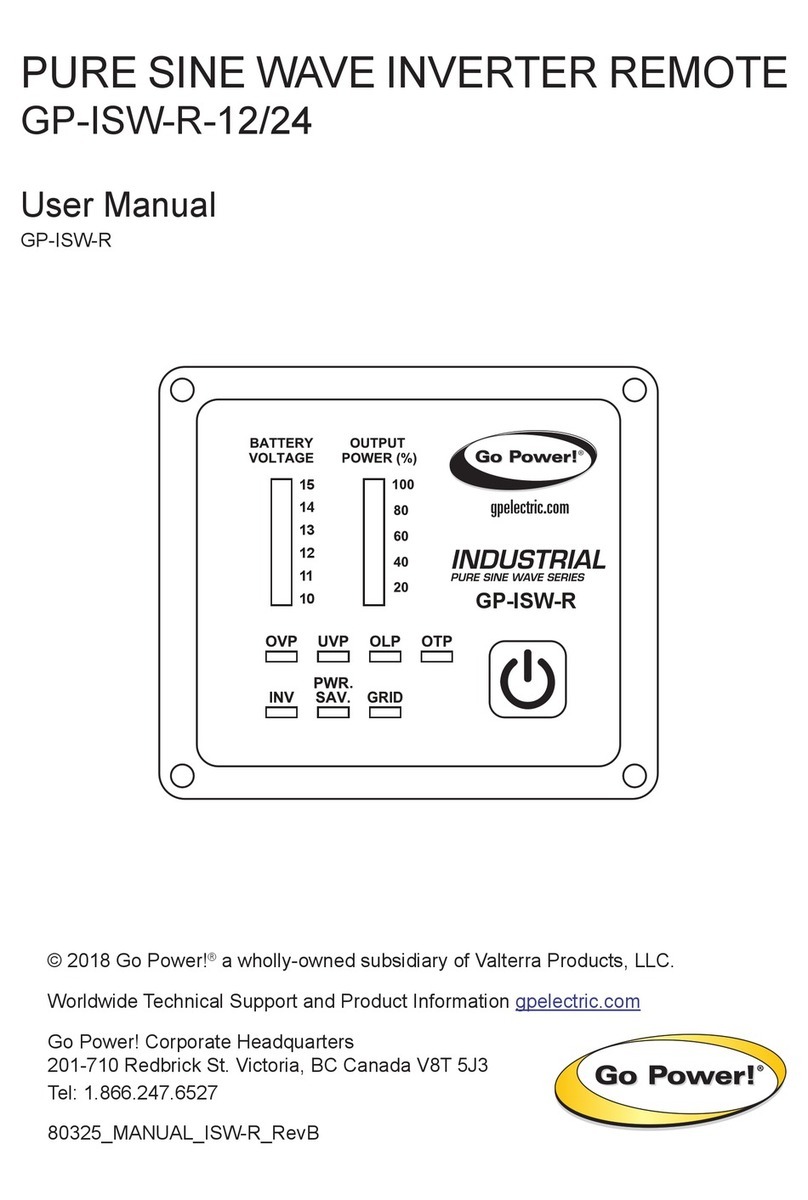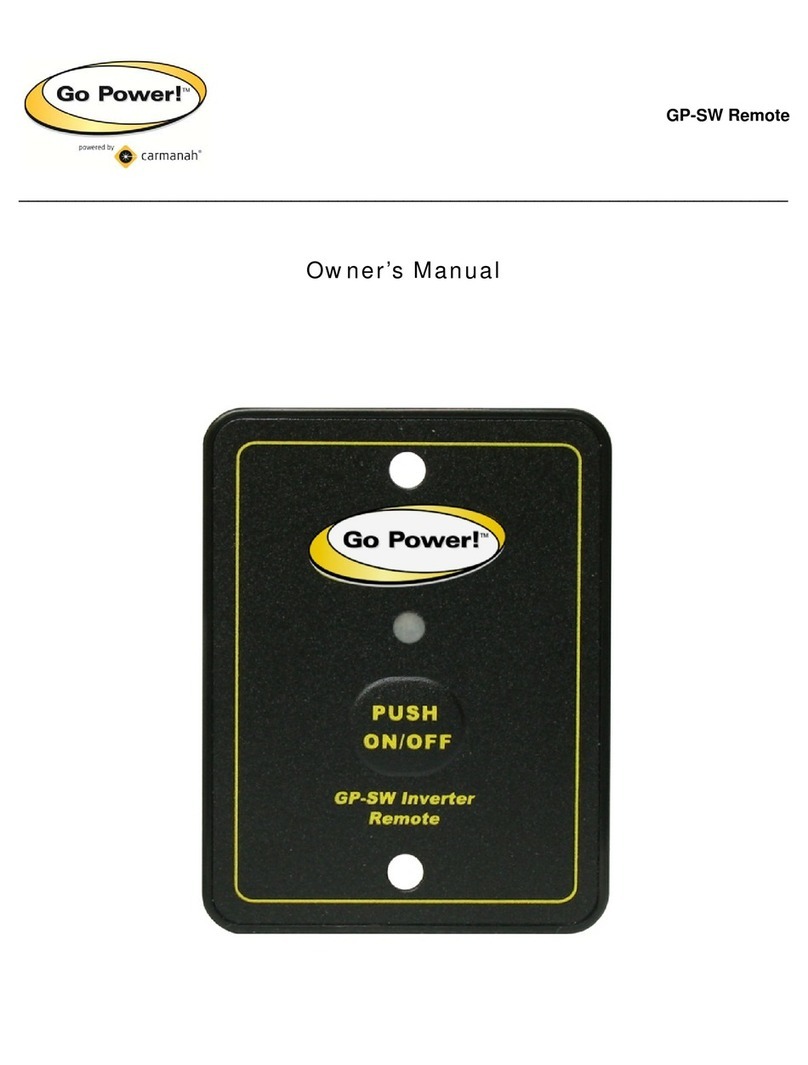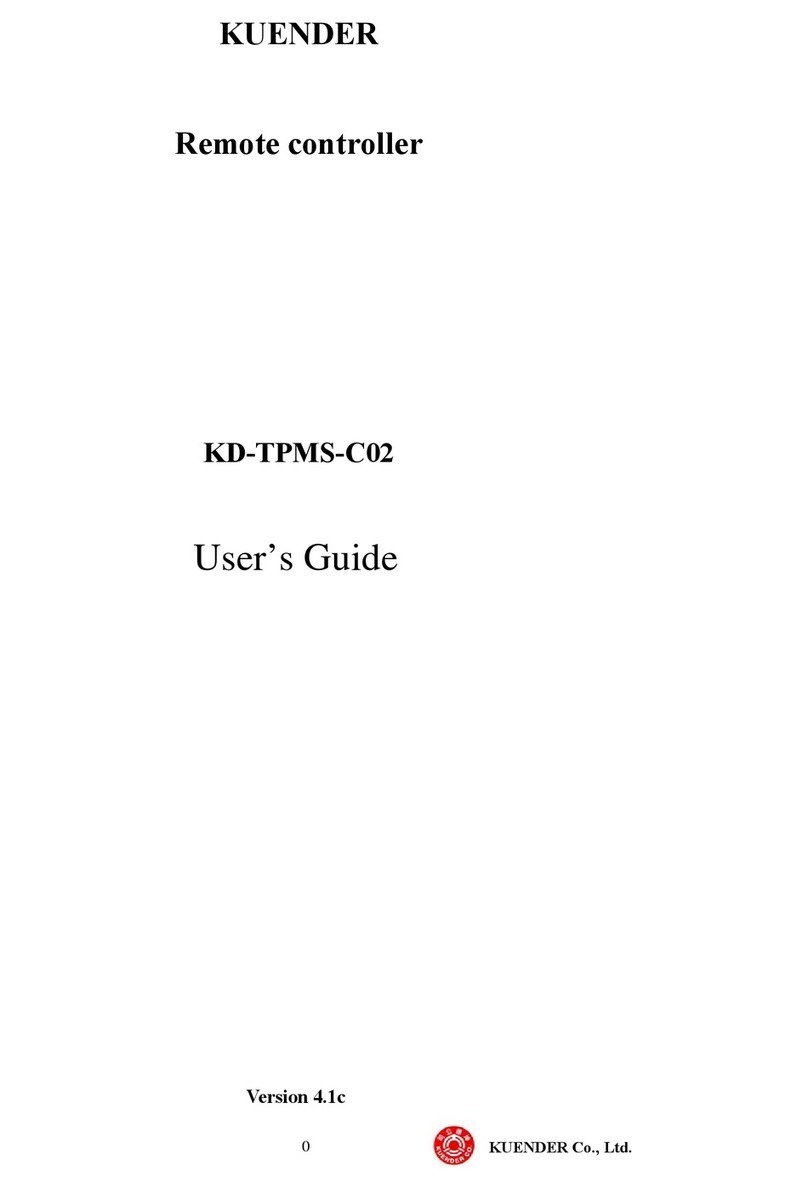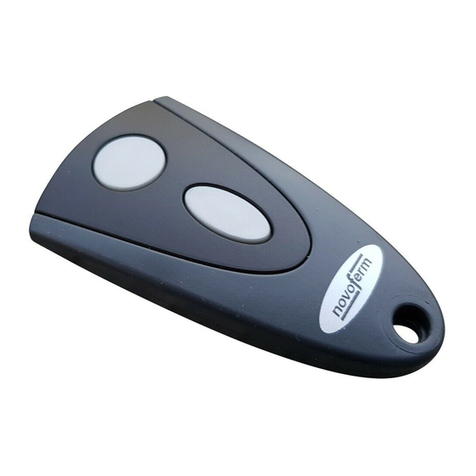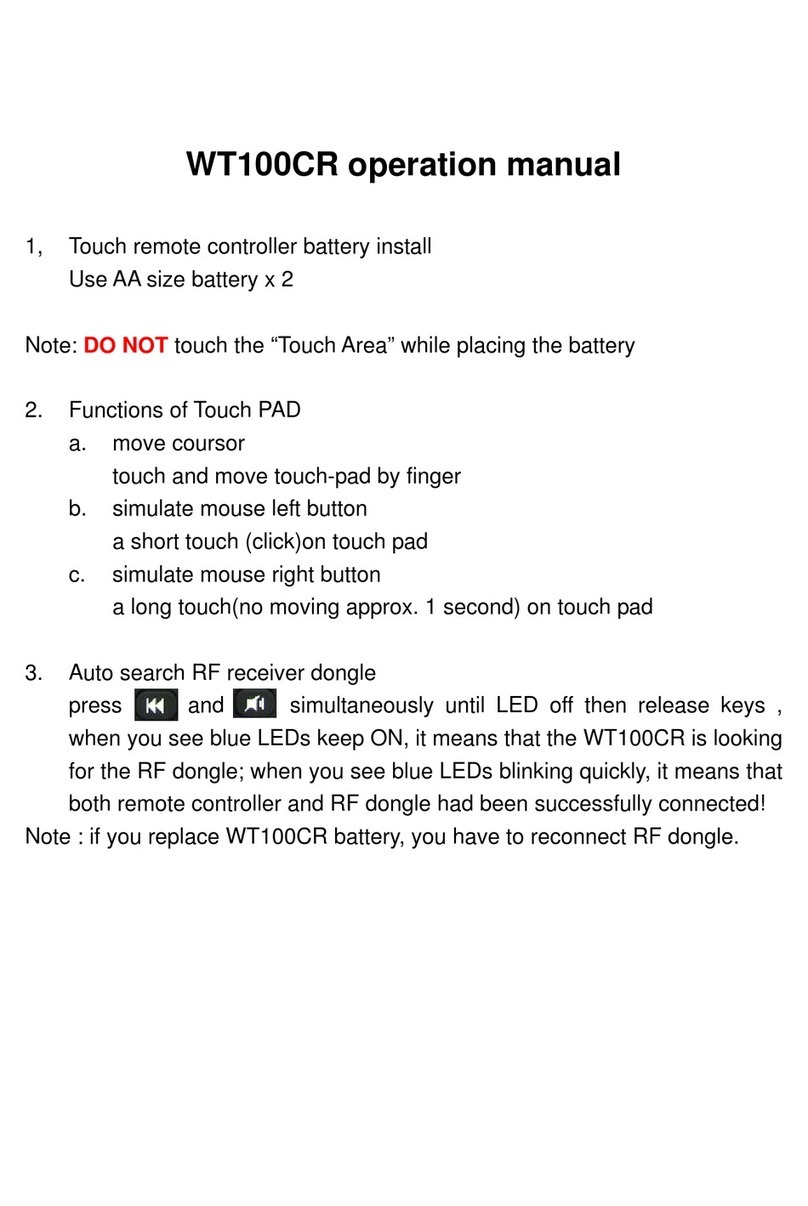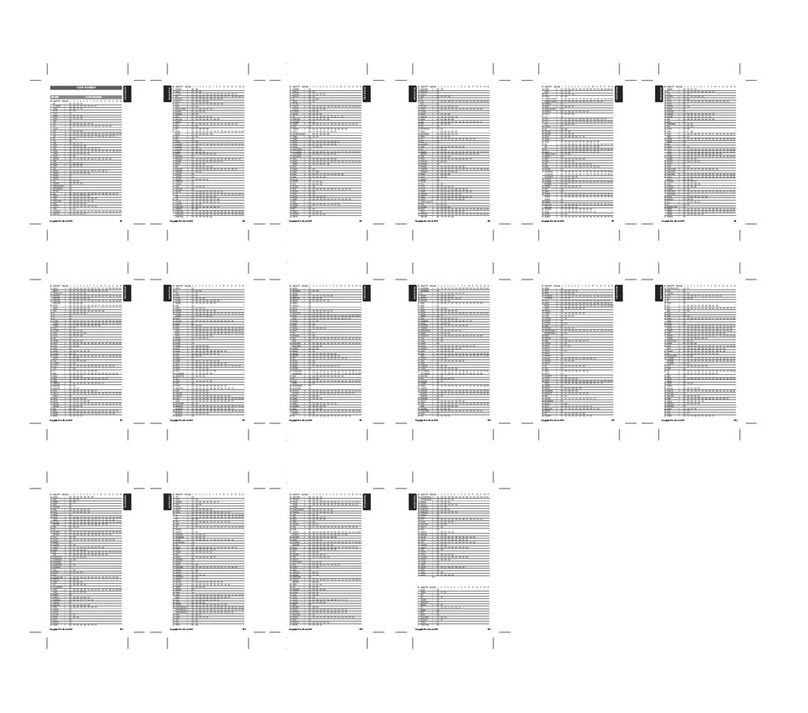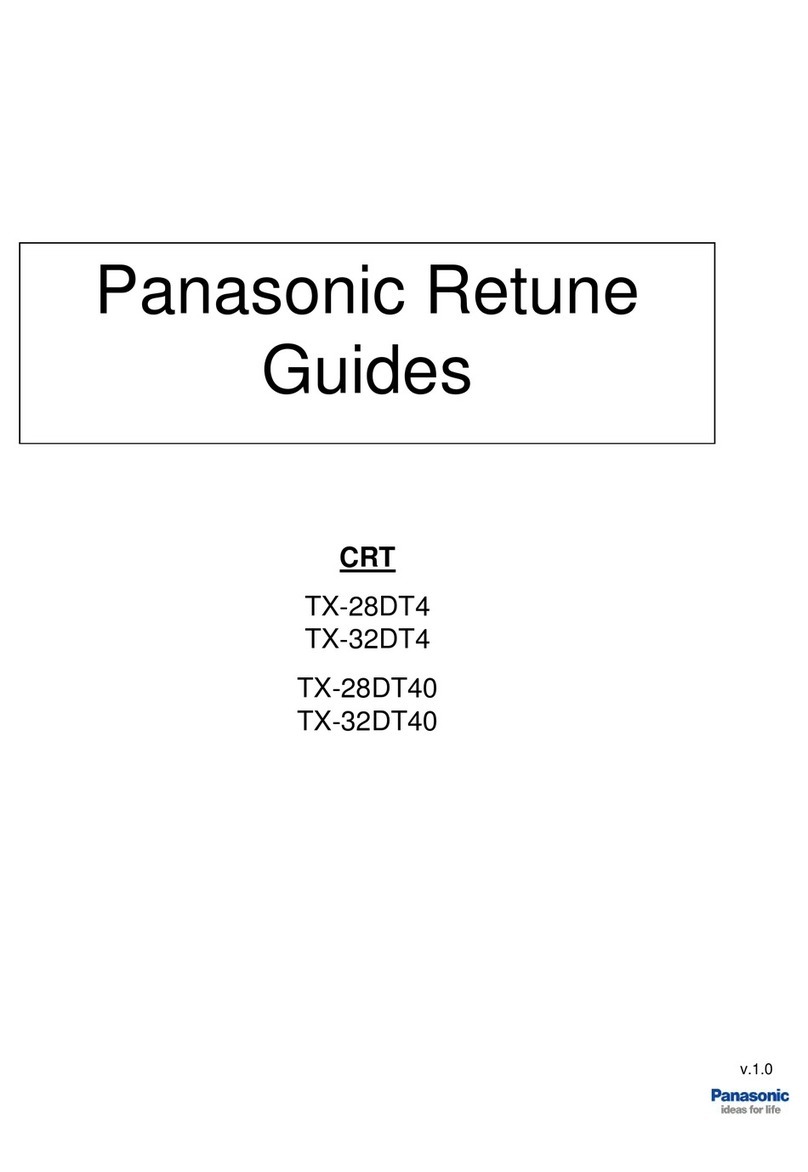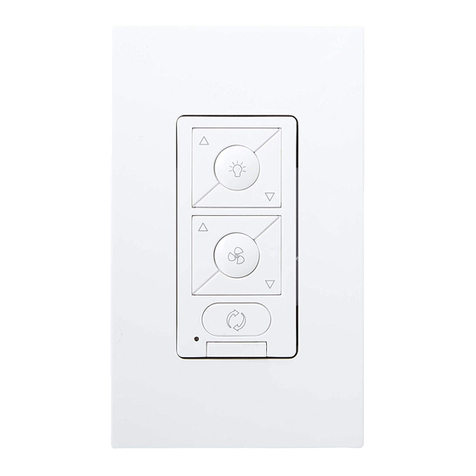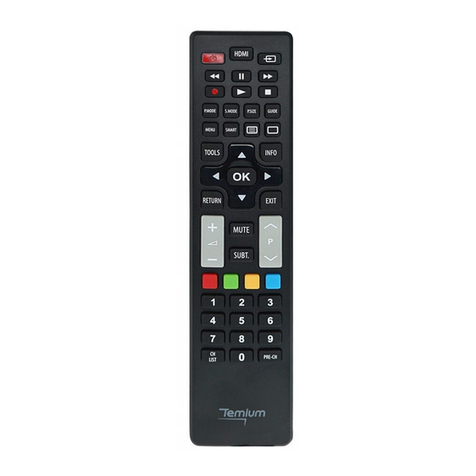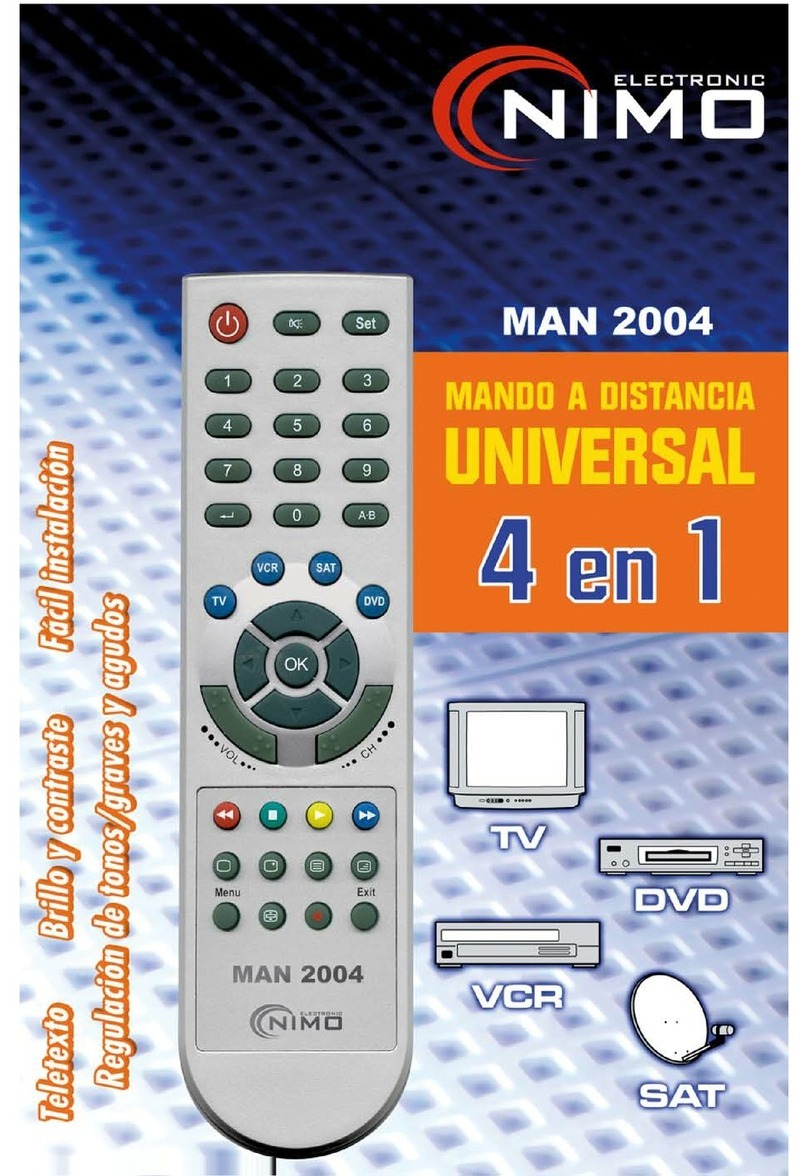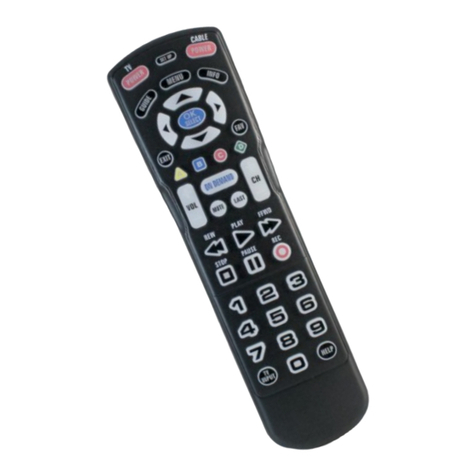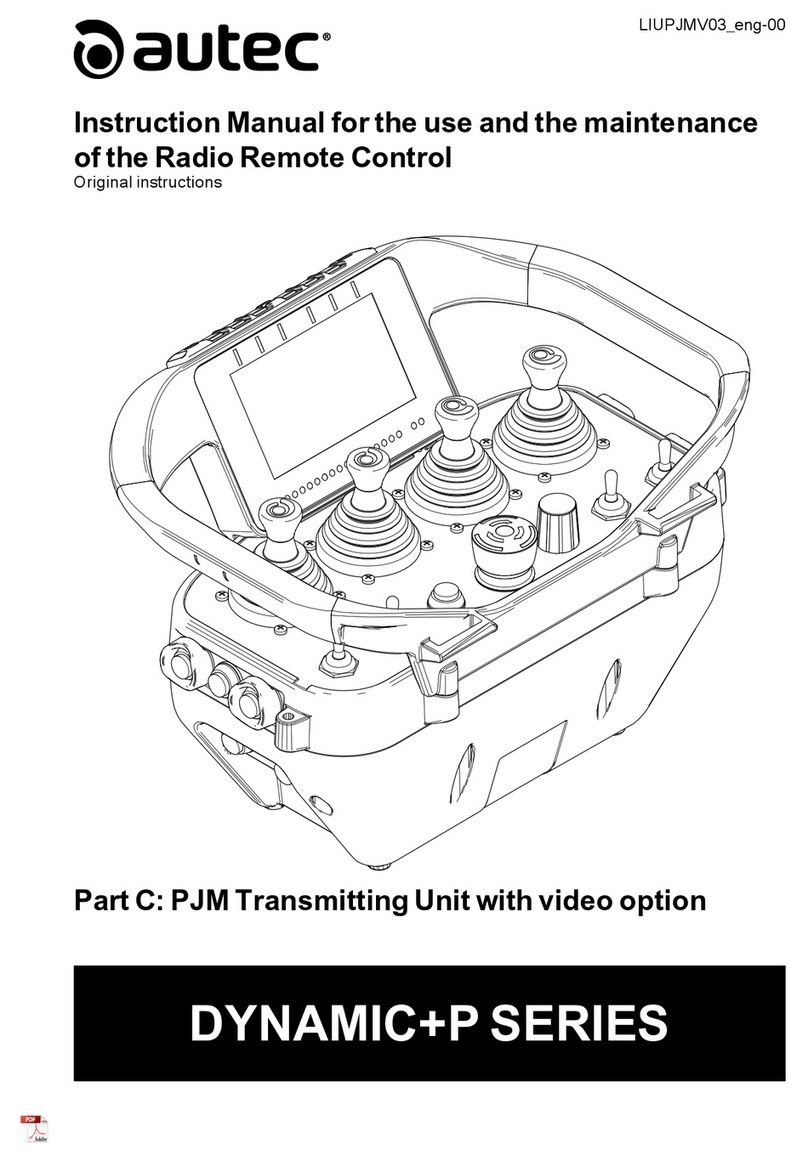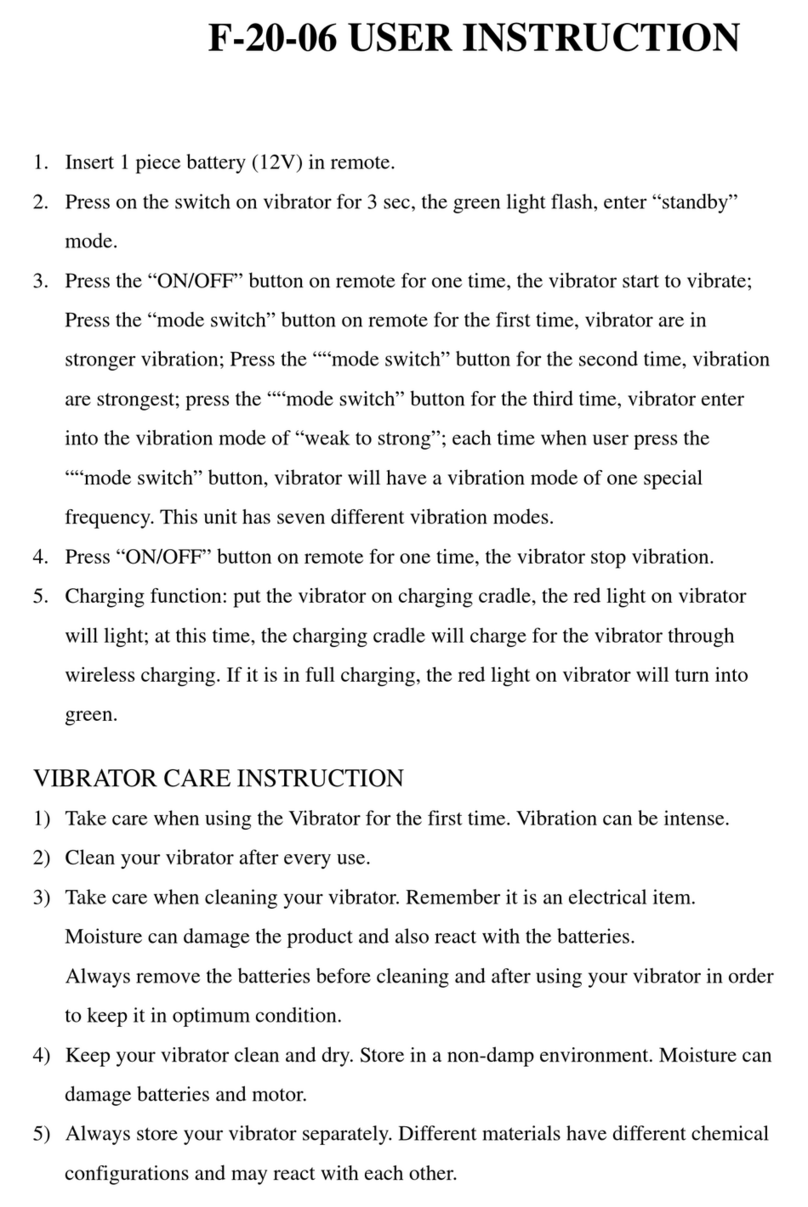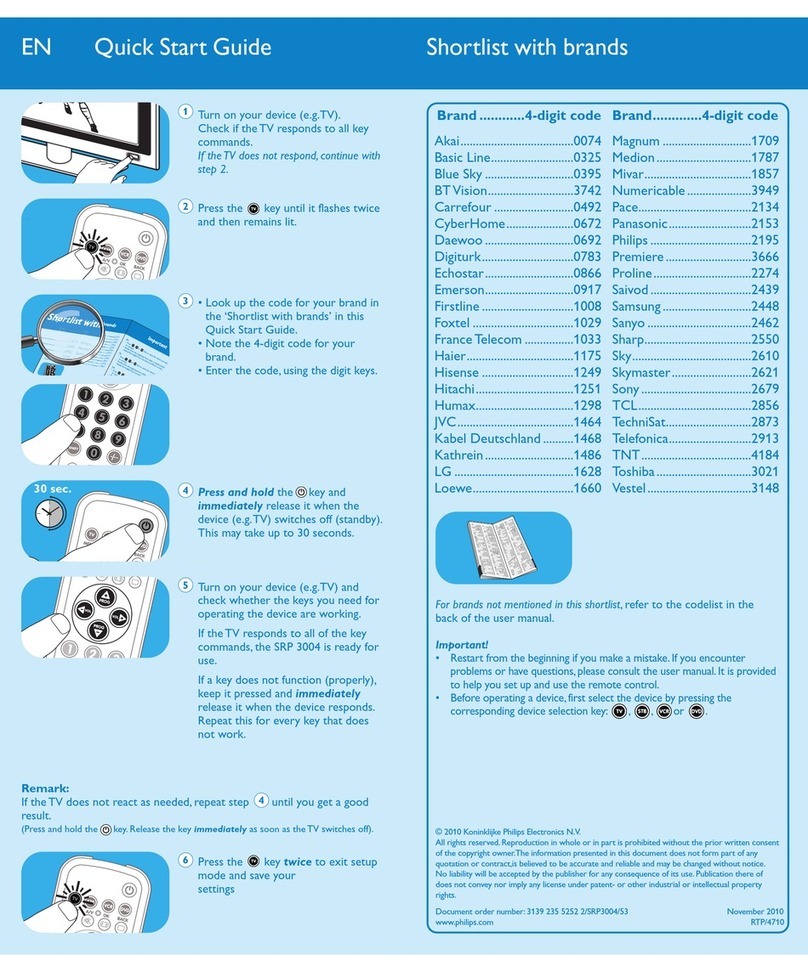Go Power GP-RVC-MPPT-30 User manual

30 AMP RVC-MPPT
Solar Controller
User Manual
GP-RVC-30-MPPT
© 2020 Go Power!
Worldwide Technical Support and Product Information gpelectric.com
Go Power!
201-710 Redbrick Street Victoria, BC, V8T 5J3
Tel: 1.866.247.6527
MAN_GP-RVC-30-MPPT_RevA

Congratulations on purchasing your Go Power! GP-RVC-30-MPPT Solar Controller!
Record the unit’s model and serial number below. It is much easier and quicker to record this information now at the pre-installation
stage.
Model Number:
Serial Number:
Date of Install:
Battery Bank Information: (size, install date, battery type)
Product Packaging
Please safely store the packing the product was delivered in or recycle the packaging components as outlined below:
LDPE
Low Density
Polyetheylene
CFB
3
4
7
CFB
3
4
7
CFB
3
4
7
CFB
3
4
7
CFB
3
4
7
Corrugated berboard
main box
Plastic
foam protection
Plastic
accessories bag
www.earth911.com/recycling-center-search-guides
Local recycling centers can be found here:
Corrugated
Recycles
www.corrugated.org

gpelectric.com | [page 3]
CONTENTS
1. SAFETY ..................................................................................................................................................4
2. INTRODUCTION .................................................................................................................................5
3. APPERANCE.........................................................................................................................................6
4. MAXIMUM POWER POINT TECHNOLOGY.........................................................................7
5. CHARGING STAGES........................................................................................................................9
6. DUAL BATTERY CHARGING ..................................................................................................... 11
7. PRODUCT DIMENSIONS.............................................................................................................12
8. SPECIFICATIONS ............................................................................................................................13
9. LED INDICATORS ............................................................................................................................14
10. INSTALLATION................................................................................................................................15
11. RV-C INSTANCE NUMBER.......................................................................................................17
www.earth911.com/recycling-center-search-guides

[page 4] | gpelectric.com
1. SAFETY
Important safety information is contained throughout this manual that should be carefully observed and followed. This
information is presented using the following format:
The information is categorized in two ways:
Warning: Bodily harm could occur if instructions are not explicitly followed. If there are any doubts about the procedure or
conditions, please call GoPower! technical support before doing anything.
Caution: Damage to property could occur if instructions are not followed properly.
The following symbols are used to indicate the type of hazard.
GENERAL SAFETY
• Read entire manual before installation
•
Any voltage above 30 VDC should be considered dangerous. Make sure power is disconnected before touching
terminals that exceed this voltage.
•
There are no parts inside the controller that need to be maintained or repaired. The controller shall never be disassembled
• Unless otherwise specied, all terminal blocks should be re-tightened at least every 6 months to prevent possible re
caused by connections that have vibrated loose.
•
Ensure all connections are tight and secure. Loose connections may generate sparks and heat. Be sure to check
connections one week after installation to ensure they are still tight.
SOLAR CONTROLLER SAFETY
•
Always connect the battery BEFORE connecting the solar array to prevent damage to the controller. If the battery
wires need to be disconnected, the solar array wires should rst be disconnected.
•
To prevent damage to the controller, ensure the solar array voltage does not exceed the maximum voltage of the solar
controller. See specications table below to determine the limit for your controller.
BATTERY SAFETY
• Ensure the battery type is set correctly in the controller settings to avoid possible explosion or re
• Read manual for battery and observe safety precautions before connecting the battery to the controller
• Only use deep cycle batteries that are intended for energy storage applications
Warning / Caution: Result
Description of condition leading to result
SYMBOL MEANING SYMBOL MEANING
General Warning Hot Surface
Risk of Shock Risk of Fire
Risk of Electrocution Risk of Chemicals
Risk of Explosion Risk of Eye Injury
SYMBOL

gpelectric.com | [page 5]
2. INTRODUCTION
2.1 OVERVIEW
The 30A RV-C MPPT solar controller is an advanced dual bank controller with RV-C communication for smart RV sys-
tems. As an MPPT Solar controller it continuously monitors the solar panel’s generating power and tracks the maximum
power point, enabling the system to charge the battery with maximum power all the time. It is designed to be used in
o-grid solar photovoltaic systems to coordinate operation of the solar panel, battery, functioning as the core control unit in
o-grid photovoltaic systems.
With comprehensive electronic fault self-detecting functions and powerful electronic protection functions built inside the
controller, component damage caused by installation errors or system failures can be avoided.
This product features an optional LCD remote which displays the operating status and allows the control of congurable
parameters. Users can conveniently check parameters using the buttons and modify control parameters to cater to dif-
ferent system requirements. The optional remote also includes Bluetooth communication that allows a smart phone to be
conveniently used to perform all the same tasks that the LCD remote can.
2.2 FEATURES
• Advanced multi-peak tracking technology. When the solar panel is shadowed or part of the panel fails resulting in
multiple peaks on the I-V curve, the controller is still able to accurately track the maximum power point
• Built-in maximum power point tracking (MPPT) algorithm signicantly increases energy utilization eciency of the
photovoltaic system, (up to 30% higher than traditional PWM charging)
• MPPT tracking eciency of up to 99.9%
• Power conversion eciency of up to 98%
• Lithium battery reset capability allows a BMS protected over discharged battery to be automatically recovered
without having to disconnect the battery
• Presets for multiple battery chemistries, including LiFePO4, Flooded, Gel and AGM
• Supports user customized charge parameters
• Current-limited charging mode. When the power of solar panel is too large and the charging current is higher than
the rated value, the controller automatically reduces the charging power so that the solar panel can operate at the
rated charging current.
• Features LED fault indicators, which can display abnormal information, helps users to quickly identify system faults.
• Historical data storage function is available
• Minimal derating up to the maximum operating temperature
• Dual-battery management
• Temperature compensation and automatic adjustment of charge parameters help to improve battery life.

[page 6] | gpelectric.com
3. APPEARANCE
NO. NAME NO. NAME
1-5 Instance Indicators 13 Connection Terminals (PV-)
6 LED Indicator (BAT2) 14 Connection Terminals (PV+)
7 LED Indicator (BAT1) 15 Port for external temperature sensor
8 LED Indicator (PV) 16 Canbus Communication Port
9Connection Terminals (BAT2-) 17 RS485 Communication Port
10 Connection Terminals (BAT2+) 18 Setup Key
11 Connection Terminals (BAT1-) 19 Installation Hole
12 Connection Terminals (BAT1+)

gpelectric.com | [page 7]
Maximum Power Point Tracking (MPPT) is an advanced charging technology that more eciently harvests power from
solar panels in all conditions. It does this by continuously tracking the I-V curve of the solar array and modifying operating
conditions to maximize output power. The graph below shows the MPPT point compared to a traditional PWM charger,
which always runs the solar array at a voltage close to the battery voltage.
Due to dierences in ambient temperature and light conditions, the maximum power point often changes. The MPPT
controller can adjust parameters according to quickly changing conditions to keep the system near to its maximum
working point. The whole process is fully automatic and does not require any adjustments or interference by users.
The graph below shows how the IV curve of a solar panel changes with varying sunlight conditions.
4. MAXIMUM POWER POINT TECHNOLOGY

[page 8] | gpelectric.com
MAXIMUM POWER POINT TECHNOLOGY
The graph below shows how the IV curve of a solar panel changes with varying temperatures.
In partially shaded conditions there can also be multiple peaks in the P-V curve that can confuse an MPPT algorithm.
Shown in the diagram below is a series string of solar panels.
A corresponding graph below shows lower maximum power points (LMPP) and the greater maxim power point (GMPP)
that will result in maximum energy transfer. The GP-RVC series has a smart algorithm that will always choose the right
peak.

gpelectric.com | [page 9]
Maximum power point tracking is used to charge the batteries with the highest current possible, but this is only part of the
equation. A battery cannot be charged at maximum power all the time for safety reasons, so multiple stages are used.
These stages include: bulk, absorption, oat and, for some types of batteries, equalization as indicated below.
STAGE 1: BULK
In quick charge stage, the battery voltage has not yet reached the set value of full charge voltage (i.e. equalizing/boost
charge voltage) and the controller will perform MPPT charging, which will provide maximum solar energy to charge the
battery. When the battery voltage reaches the pre-set value, Stage 2 charge will start.
STAGE 2: ABSORPTION
When the battery voltage reaches the absorption voltage, the controller will perform constant voltage charging. This is no
longer MPPT charging, and the charging current will gradually decrease with time.
STAGE 3: FLOAT
Float charge is conducted following the absorption charge stage. The controller will reduce the charge current to a
small amount in order to reduce sulfates on the battery plates or to allow a lithium battery to balance it’s cells. If the load
exceeds this small current the battery voltage will start to decrease until it reaches the recharge voltage. When the battery
voltage falls below the recharge voltage, the controller will switch back to bulk charging.
5. CHARGING STAGES

[page 10] | gpelectric.com
STAGE 4: EQUALIZE
Warning: Risk of explosion!
Equalizing vented lead-acid battery may generate explosive gases. So, the battery
compartment must be well ventilated.
Caution: Damage of device!
Equalization can increase the battery voltage to levels that may damage sensitive DC loads.
It is necessary to verify that the allowable input voltage of all system loads is greater than the
equalizing charge set value.
Caution: Damage of device!
Over charge and excessive gas evolution may damage the battery plates and cause active
substances on the battery plate to come o. Equalizing charge may cause damage if voltage
is too high or time is too long. Please carefully check the specic requirements of battery
used in the system.
Certain battery types benet from regular equalizing charge, which can stir electrolytes, balance battery voltage, and
complete the chemical reaction. The equalize charge increases the battery voltage above a standard voltage, causing
vaporization of battery electrolyte. By default, this happens every 30 days for ooded batteries.
RECHARGE
After the battery is completely charged the charging cycle completes and the battery is allowed to slowly discharge until it
reaches the charge return voltage at which point a new charge cycle is initiated.
CHARGE PARAMETERS FOR VARIOUS BATTERY TYPES
Parameter GEL AGM Flooded LiFePO4 Custom
High Voltage Disconnect 16.0 / 32.0 V 16.0 / 32.0 V 16.0 / 32.0 V 14.6 / 29.2 8..32 V
Equalize Voltage - - 14.9 / 29.8 V - 8..32 V
Bulk-Absorption Voltage 14.1 / 28.2 V 14.4 / 28.8 V 14.4 / 28.8 V 14.4 / 28.8 V 8..32 V
Float Voltage 13.7 / 27.4 V 13.7 / 27.4 V 13.7 / 27.4 V 14.0 / 28.0 V 8..32 V
Recharge Voltage 13.2 / 26.4 V 8..32 V
Over-Discharge Return Voltage 12.8 / 25.2 V 12.8 / 25.2 V 12.8 / 25.2 V 12.2 / 24.4 V 8..32 V
Under-Voltage Warning Level 12.0 / 24.0 V 8..32 V
Over-Discharge Voltage 11.0 / 22.0 V 8..32 V
Discharge Limit Voltage 10.5 / 21.0 V 8..32 V
Over-Discharge Time Delay 5 seconds 0..120 seconds
Equalize Duration - - 120 minutes - 0..600 minutes
Absorption Duration 120 minutes 120 minutes 120 minutes 120 minutes 10..600 minutes
Equalize Interval - - 30 days - 0..250 days
Temperature Compensation
Factor
-24 mV/°C -24 mV/°C -24 mV/°C - 0..-30 mV/°C
CHARGING STAGES

gpelectric.com | [page 11]
6. DUAL BATTERY CHARGING
The GP-RVC-30-MPPT has two battery outputs: BAT1 and BAT2. The solar controller will prioritize BAT1 at all times
to ensure it is always charged as much as possible. After BAT1 has completed absorption charging excess power will
be used to charge BAT2. The intention here is to maintain the house battery on an RV to be the highest state of charge
possible and then top up the starter battery if needed.
The intended wiring for a motorized RV is shown below.
The detailed charging prioritization is shown in the owchart below.

[page 12] | gpelectric.com
7. PRODUCT DIMENSIONS

gpelectric.com | [page 13]
ITEM PARAMETERS
Battery Voltage Range 8V – 32V
Max Charge Current 30A
Conversion Eciency ≤98%
MPPT Tracking Eciency >99%
Max Panel Input Voltage 100Voc
Max PV Power Input 600W@12V / 1200W@24V
No-Load Loss <10mA
Grounding Negative
Operating Temperature -35 to 45°C
Storage Temperature -35 to 75°C
Humidity 95% N.C.
Battery Type Lead Acid (AGM, GEL, Flooded), LiFePO4
Max Wire Gauge 8 AWG
Dimensions (H x W x D) 3.15” x 7.78” x 5.5”
Weight 3.14lbs (1.42kg)
Water Ingress Protection IP32
Altitude < 3000m
Protection Solar/battery reverse polarity
Solar/battery over voltage
Solar/battery short circuit
Over temperature
8. SPECIFICATIONS

[page 14] | gpelectric.com
9.1 LED IDENTIFICATION
9.2 PV INDICATOR 1
LED PATTERN STATUS
O Night time
Double ash Day time
Single Flash No PV input
Steady On MPPT charging
Fast Flash Absorption or Equalize
Slow Flash Float Charging
9.3 BATTERY INDICATOR 2 3
LED PATTERN STATUS
Single Flash No Battery
Fast Flash Battery over voltage
Slow Flash Battery over discharged
Steady On Battery status is ok
1 2 3
1 2
9. LED INDICATORS

gpelectric.com | [page 15]
10.1 TOOLS AND MATERIALS NEEDED
• Screwdriver
• Drill
• Multimeter
10.2 INSTALLATION AND WIRING
STEP 1: CHOOSE AN INSTALLATION LOCATION
The following things should be considered when choosing an installation location for GP-RVC-30-MPPT controllers.
• The controller should be installed indoors where it is safe from water or condensation
• Avoid installing the controller in direct sunlight
• Mount the controller to a non-ammable surface
• For best thermal performance mount the controller vertically with power terminals facing downward, this will
encourage natural convection through the heatsink and keep it cooler
• There should be at least 6 inches of air gap above and below the controller for the natural convection to occur
eectively
• Locate the controller as close to the battery as possible (but not directly above the battery to prevent potential
damage due to gassing of the battery), this will keep the battery wires short and prevent voltage drop
• Ensure any enclosed space where the controller is mounted is well ventilated, this will prevent heat buildup that
could lead to derating of the controller
STEP 2: MARK THE MOUNTING POSITION ACCORDING TO THE MOUNTING DIMENSIONS OF THE CONTROLLER
First, place the controller at a proper position and use a marking pen to mark the mounting points. Drill 4 mounting holes of
the appropriate size at the 4 marks. Fix screws into the upper two mounting holes.
STEP 3: FASTEN THE CONTR OLLER
Align xed holes of the controller with the two pre-xed screws and hang the controller up. Then x the lower two screws.
10. INSTALLATION

[page 16] | gpelectric.com
STEP 4: WIRING
Wiring and installation must comply with national and local electrical code requirements.
The wire from the solar array most commonly enters the RV through the fridge vent on the roof or by using the Go Power!
Cable Entry Plate (sold separately) that allows installers to run wires through any part of the roof. PV connections should
connect directly to the controller.
Positive and negative battery connections must connect directly from the controller to the batteries and
positive and negative PV connections must connect directly from the solar array to the controller. Wires
that are as short as possible and adequately sized (see table below) should always be used. Use of a
positive and/or negative distribution bus that is properly sized is recommended between the controller
and battery – do not stack wires on the battery terminals.
Warning: Danger, Electric shock hazards! We strongly recommend connect a fuse or circuit breaker to
the PV array and battery terminals to prevent electric shock hazards during wiring or error operation,
and make sure that fuse or circuit breaker is disconnected before wiring.
PV Max Input Current PV Wire Diameter
(mm2/AWG)
Rated Charge Current Battery Wire Diameter
(mm2/AWG)
30A 8/8 30A 8/8
We recommend the wiring sequence shown below.
(1) The battery fuse should be installed as close as possible to the battery terminal. The recommended
distance is not more than 150mm.
(2) The battery temperature will read 25°C (xed value) when the controller is not connected to a
remote temperature sensor.
INSTALLATION
Note
Note

gpelectric.com | [page 17]
11. RV-C INSTANCE NUMBER
11.1 RV-C INSTANCE NUMBER IDENTIFICATION
The RV-C instance of an individual controller can be identied by the 5 LEDs on the controller shown below.
11.1 CHANGING THE RV-C INSTANCE NUMBER
The instance of the solar controller on the RV-C network can be congured using the SET button and LEDs. Up to 5
unique instances are supported. To change the instance follow these steps:
1. Hold the SET button down for approximately 3 seconds until one of the LEDs starts ashing.
2. Press the SET button to change instance until the LED for the desired instance is ashing.
3. Press and hold the SET button for approximately 3 seconds to lock in the setting.

© 2020 Go Power!
Worldwide Technical Support and Product Information gpelectric.com
Go Power!
201-710 Redbrick Street Victoria, BC, V8T 5J3
Tel: 1.866.247.6527
MAN_GP-RVC-30-MPPT_RevA
Table of contents
Other Go Power Remote Control manuals
Popular Remote Control manuals by other brands
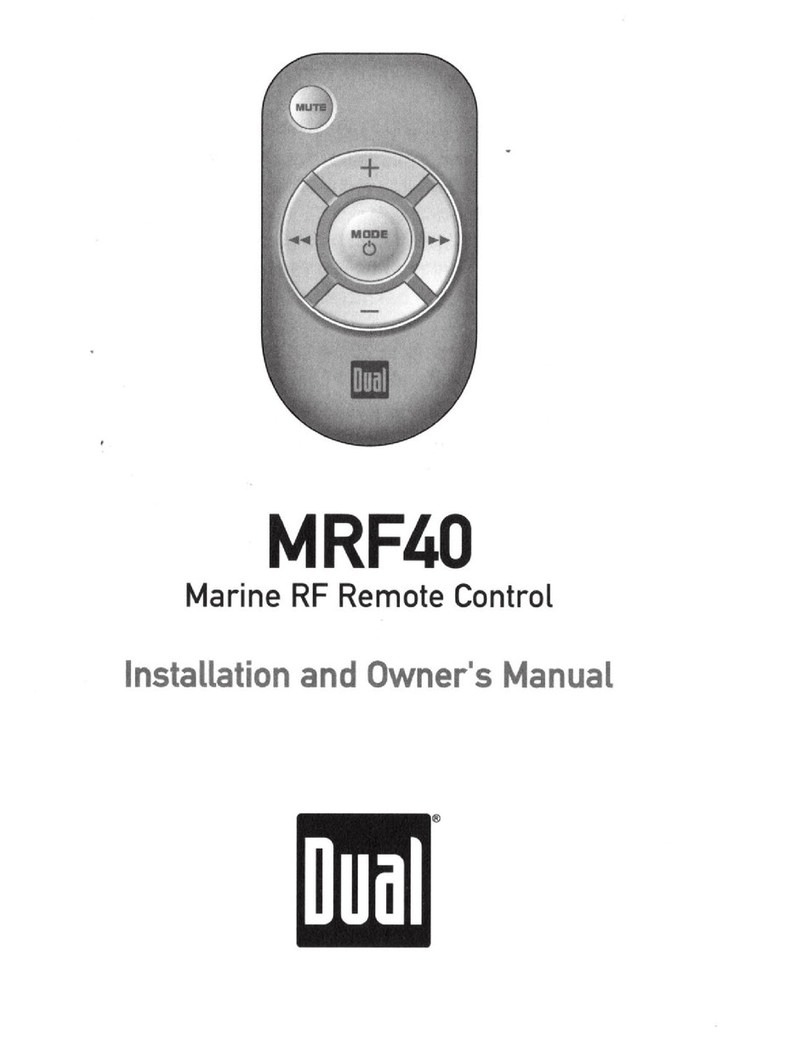
Dual Electronics Corporation
Dual Electronics Corporation MRF40 Installation and owner's manual
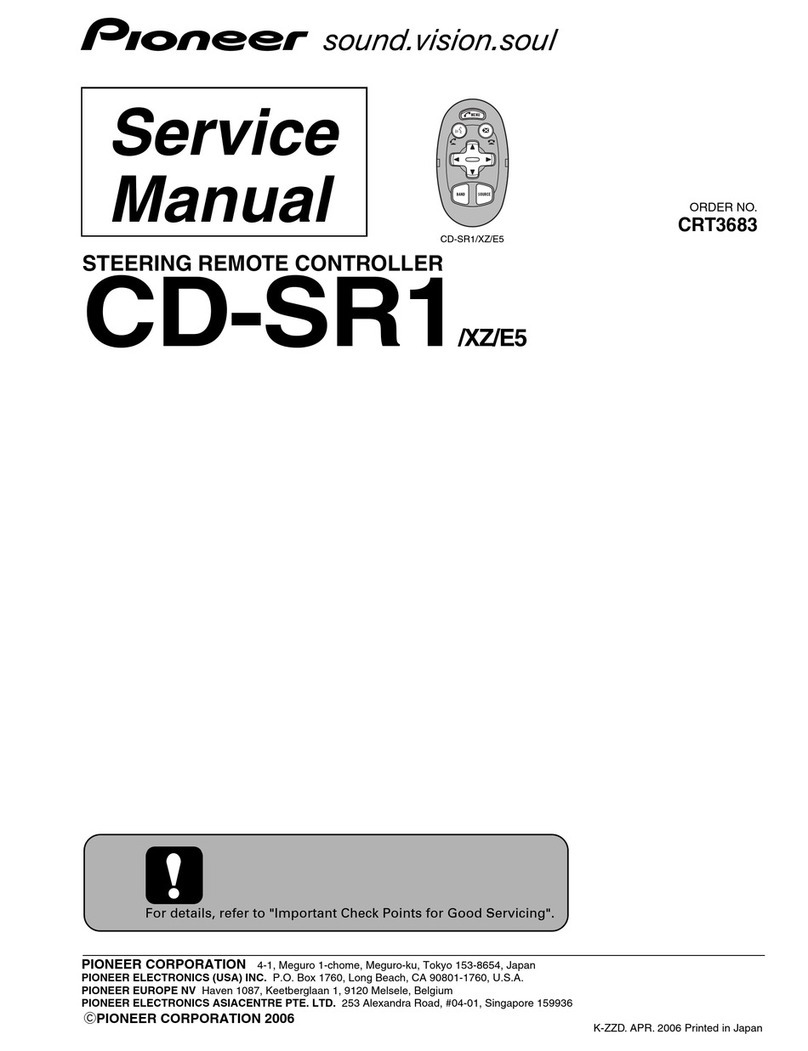
Pioneer
Pioneer CRT3683 Service manual
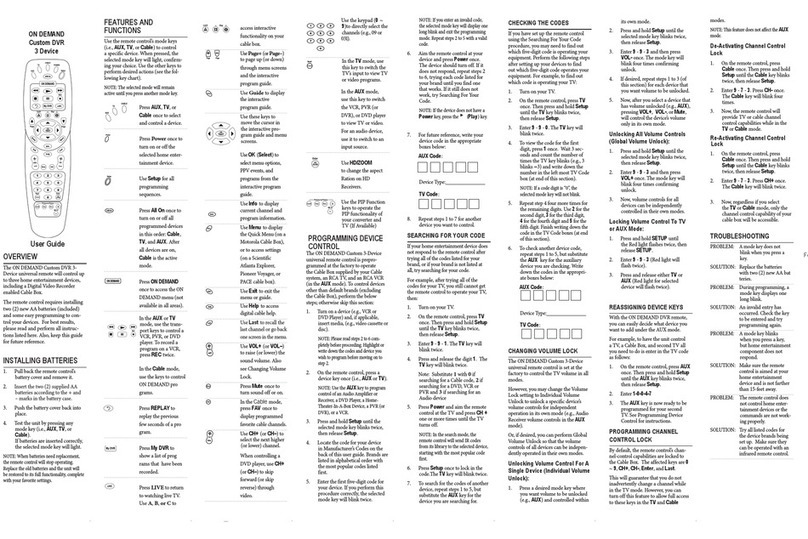
Universal Remote Control
Universal Remote Control INSIGHT M2067BX3 user guide
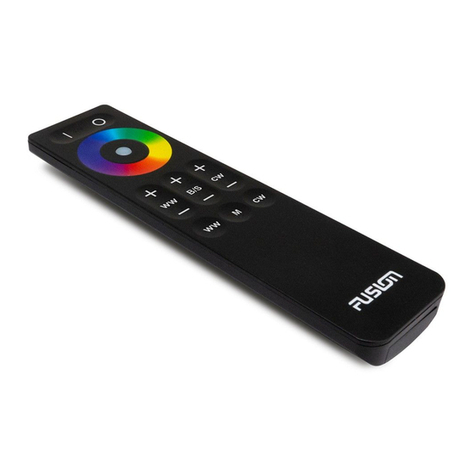
Fusion
Fusion MS-RGBRC instructions
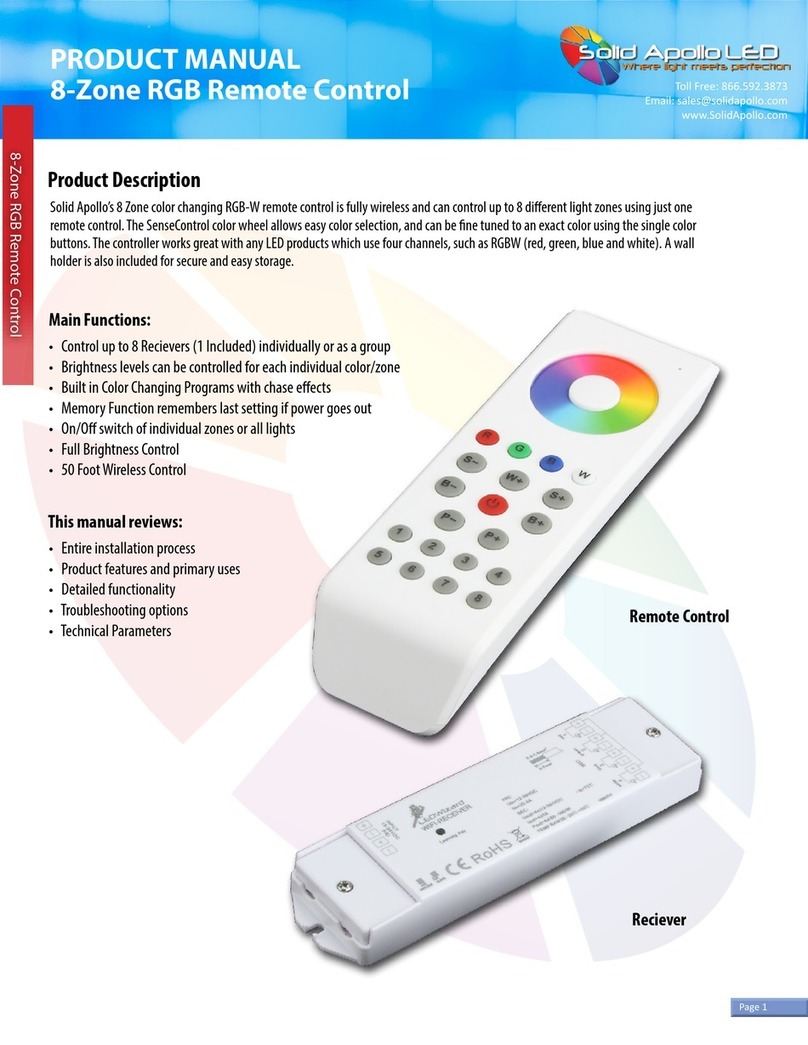
Solid Apollo
Solid Apollo 8-Zone RGB Remote Control product manual
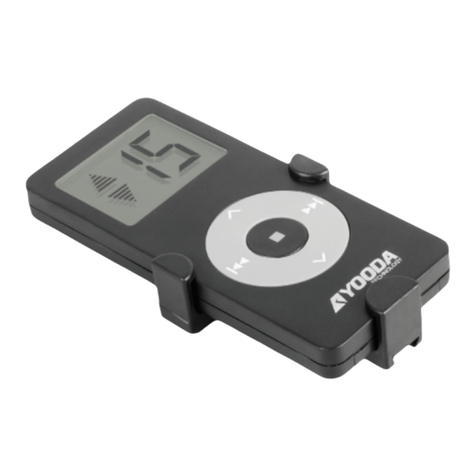
YOODA
YOODA MELODY 1R quick start guide
